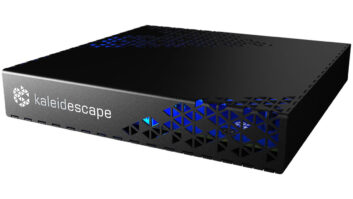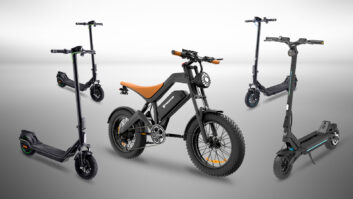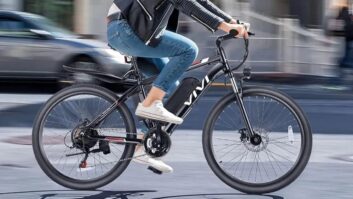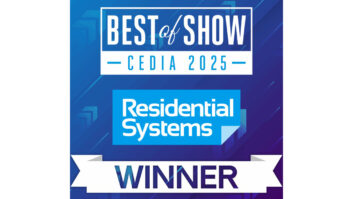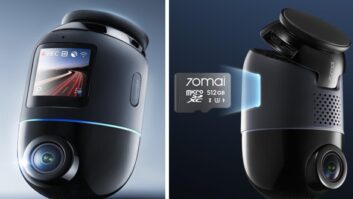SAN DIEGO – EcoATM expanded rapidly in 2014, more than doubling the number of automated devicerecycling kiosks deployed to buy used cellphones, tablets and MP3 players and dispense up to $400 in cash to sellers.
The company is owned by publicly traded Outerwall, the parent of Redbox and Coinstar.
The expansion, combined with the rollout of new iPhones last September, contributed to a surge in the company’s device buybacks to 1 million between September 2014 and January. That brought EcoATM’s buy-back count to 4 million devices since the company’s first kiosk rolled out in 2009.
And there are a lot more devices waiting to be recycled. About 422 idle or inactive mobile devices will be in consumers’ homes by the end of 2015, product marketing director Randy Erman said in citing Compass Intelligence statistics.
To capture some of that potential, the company currently operates 1,890 kiosks in 42 states in high-traffic locations such as shopping malls and grocery chains, including Kroger, Safeway, Stop and Shop, Albertsons, Giant Eagle, HyVee, Jewel, Randalls and Vons. Kiosks also appear in select Walmart stores.
All locations are high-traffic locations whose high volume of repeat customers maintains visibility and promotes awareness, said Erman. “We want to make it convenient for consumers to recycle during their daily routine,” he explained. In grocery chains and Walmart, the automated kiosks are by the front of the store.
“There’s still a large opportunity for growth in more locations,” he noted.
Location is one key to success, but so is EcoATM’s policy of paying cash on the spot. “We are the only ones who give instant cash,” Erman said. Carriers, retailers and other buyback operators either mail a check or hand out store credits and gift cards, he said.
“We take any device in any condition, damaged or not,” he added. Consumers who bring nonworking products also get some amount of cash.
Bought-back products are put up for bid to companies that recycle and refurbish. The majority of collected devices are refurbished for re-use, and the rest are dismantled and “responsibly recycled” through EcoATM’s buyback partners, Erman said. The company teams with certified eWaste reclamation facilities.
For now, EcoATM is focused on buying back used cellphones, tablets and MP3 players, but the company is monitoring opportunities for other small electronics such as mobile hot spots and wearables. “The Internet of Things is growing very rapidly,” Erman said.
The Internet of Things includes EcoATM’s own automated kiosks, whose cameras connect to the Internet so that a remote ID-verification specialist can match the face of the person selling a device to the picture on their driver’s license.
The kiosks work like this: A consumer taps the touchscreen, and a recorded voice explains the procedures and requirements for selling a used device. Consumers are then prompted to insert a government-issued photo ID into a slot, which scans the ID, to prove the seller is at least 18 years old. Three cameras on the kiosk take at least three high-definition photos of the seller from different angles. Live attendants verify that the person on the ID is the same person in front of the kiosk based on the images the kiosk takes.
If the person is wearing a hat or not in view, the attendant verifying the transaction types a response asking the customers to step into view or remove the hat.
The procedure deters the sale of stolen items, as does the taking of a thumbprint before cash is dispensed, the company said.
Next, a hood opens, and the consumer places a device on a tray for a machine-vision inspection to check for obvious damage and match the device against the company’s catalog of 5,500 SKUs.
The consumer is then prompted to plug the device into a 30-pin or 8-pin Apple connector or into a MicroUSB or MiniUSB connector. The kiosk then detects such device attributes as storage capacity, and it determines whether the Apple “kill switch,” or Find My Phone feature, is activated, preventing the device from being used. Consumers are then prompted to deactivate the kill switch feature.
The kiosk then presents a price. If the consumer agrees, cash is dispensed after a thumbprint is left.
The company owns more than 35 patents recognized globally in such things as device recognition and appraisal to make the kiosk system work, Erman said. “It’s pretty complex. Our technology brings a lot of value to a lot of different use cases.”





